
windows 10 Guest user causes 'Shell Infrastructure Host has stopped working' messages Super User
The Shell Infrastructure Host process, also known as sihost.exe, on Windows creates and maintains the graphics user interface for various Windows elements. Among other things, it handles the appearance of desktop backgrounds, pop-up notifications, and taskbar.

How To Fix Shell Infrastructure Host High Memory CPU Usage in Windows 11 YouTube
The "Shell Infrastructure Host" is a critical process in Windows. Alongside other processes, such as the Shell Experience Host, it's responsible for things like window transparency, the layout of the Start Menu, the desktop background slideshow, and several other graphical elements of the operating system (OS).
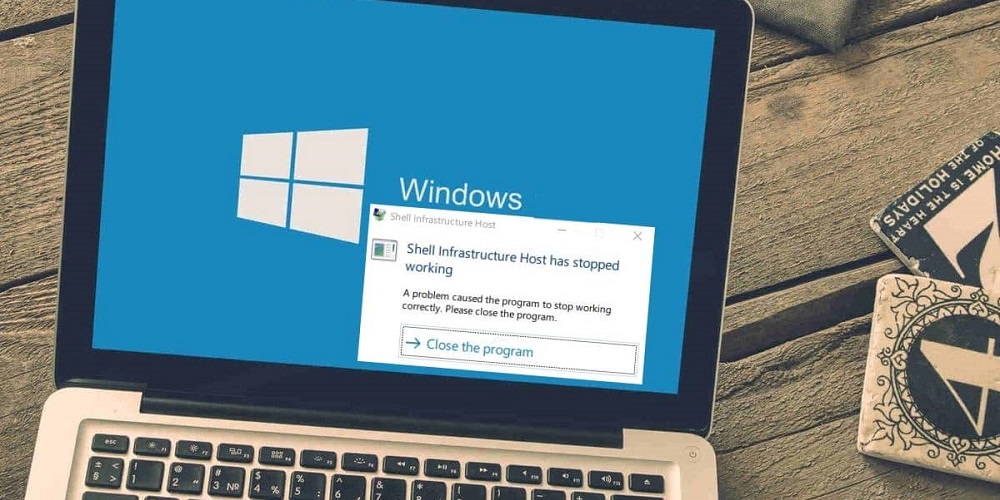
Shell Infrastructure Host High CPU Usage On Windows 11? How To Fix TechBar
Hence, you can run it to resolve the high CPU and Memory usage caused by the same process. Here's what you need to do. 1. First, click on Windows Search and type in Control Panel. Next, open the Control Panel app from the list. 2. When the Control Panel opens, click on Troubleshooting.
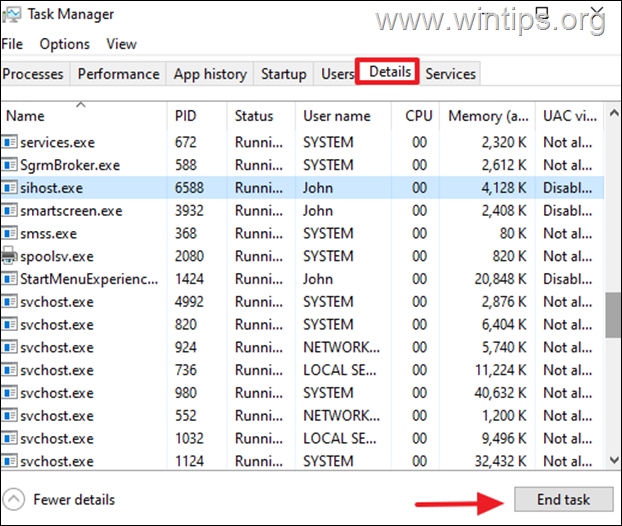
FIX Shell Infrastructure Host High CPU Usage on Windows 10/11. (Solved)
Shell Infrastructure Host Windows taskbar is a handy tool to manage your system resources. It's not common for Windows users to peek inside, especially when their PC's speed drops to a snail's pace. And with Windows operating system, it can happen even to the top-of-the-line computers boasting heavily beefed-up configurations.
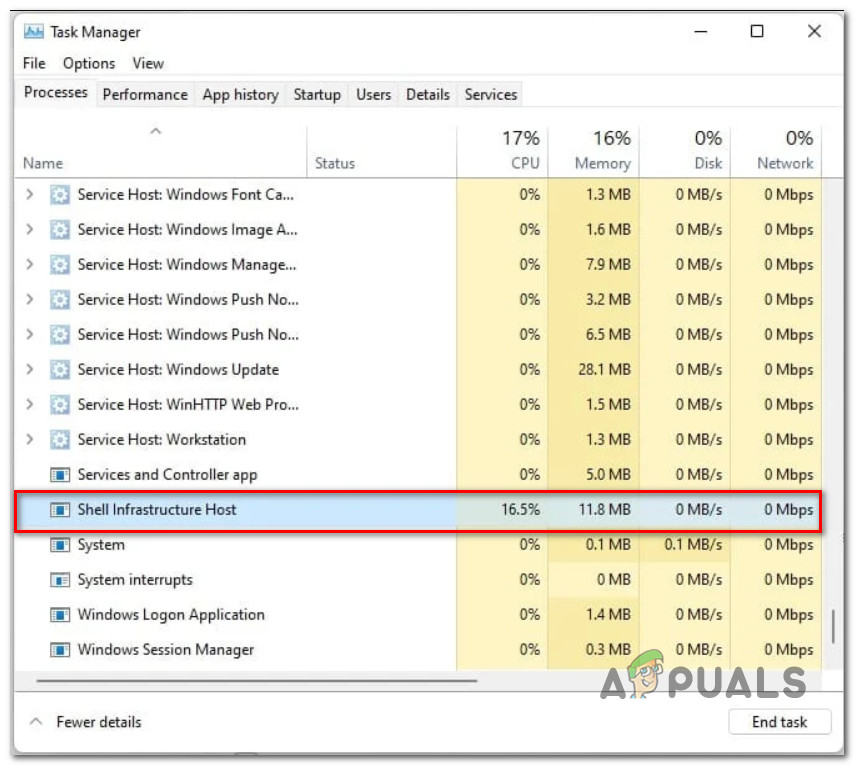
[FIX] 'Shell Infrastructure Host' High CPU Usage on Windows 11
To fix Shell Infrastructure Host high CPU usage, you need to know what the Shell Infrastructure Host is. Shell Infrastructure Host, also name sihost.exe, is used to create and maintain the graphics user interface and manage the outlook of desktop backgrounds, pop-up notifications, and taskbar. In processing the startup of essential UI elements.

Fix Windows 11 Shell Infrastructure Host High CPU Usage 2 YouTube
What Is the Shell Infrastructure Host Process and Is It Safe? While some system processes (like yourphone.exe) aren't hugely important in ensuring Windows can run properly, the Windows Shell Infrastructure Host process isn't one of them.

Shell Infrastructure Host alto uso de CPU y memoria [Fixed] Vocal Remover
To fix the Photos app completely and stop the "Shell Infrastructure Host" from using a lot of CPU power, adhere to the method below: To bring up the Run dialog box, press Windows key + R. The Settings menu will then appear when you type "ms-settings:" and hit Ctrl + Shift + Enter. Ms-settings.
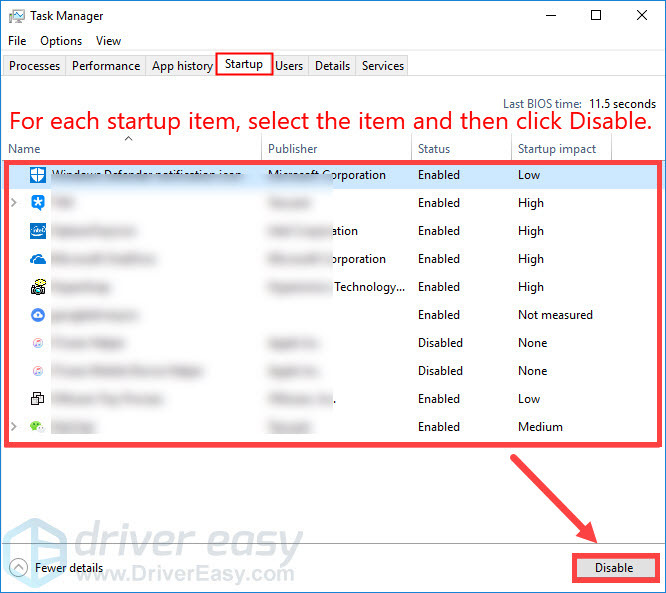
[SOLVED] Shell Infrastructure Host High CPU on Windows 10/11 Driver Easy
Right-click anywhere on your taskbar, then select "Task Manager.". Type "sihost.exe" in the search bar at the top. When the Shell Infrastructure Host appears, select it and click "End task" in the upper-right corner of the Task Manager. If the high CPU usage persists, search for "explorer.exe," and end it as well.
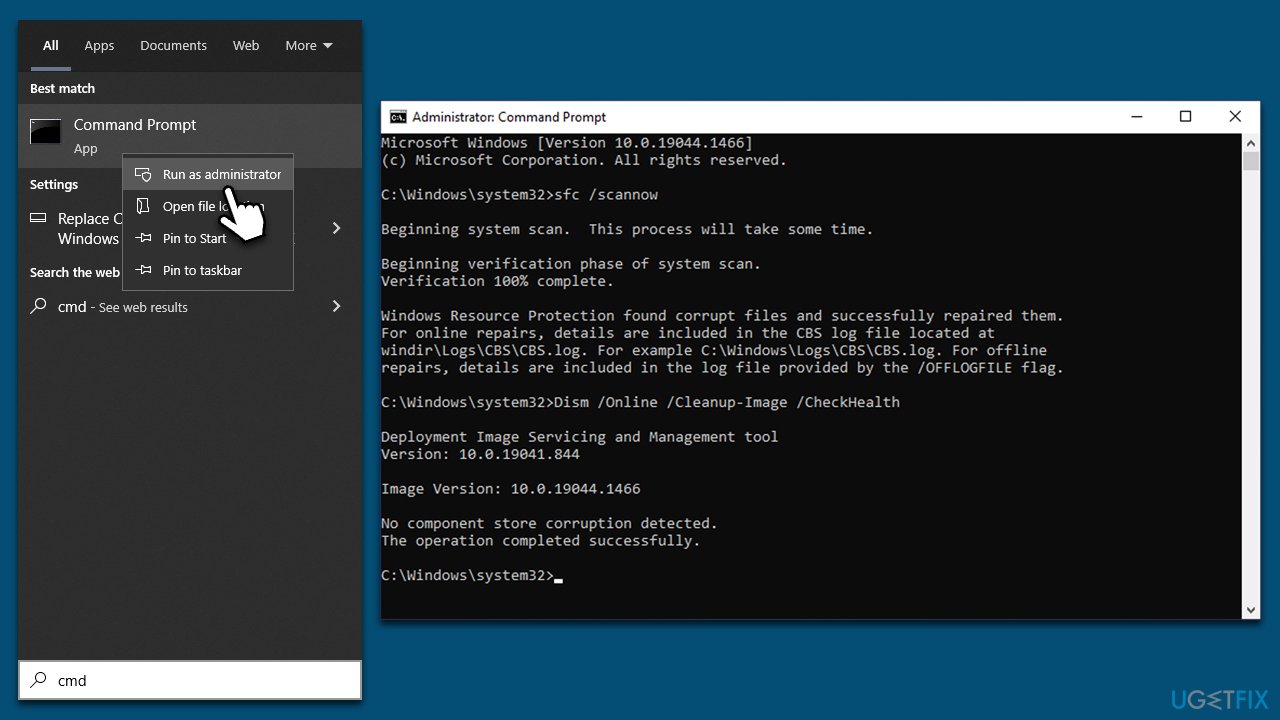
How to fix Shell Infrastructure Host high CPU in Windows?
In layman's terms, Shell Infrastructure Host is an element in the Windows operating system. One of the purposes of this process is to present universal apps on the Windows OS. In addition, it can handle various graphical elements in the interface. For instance, it handles the below-mentioned aspects and more.
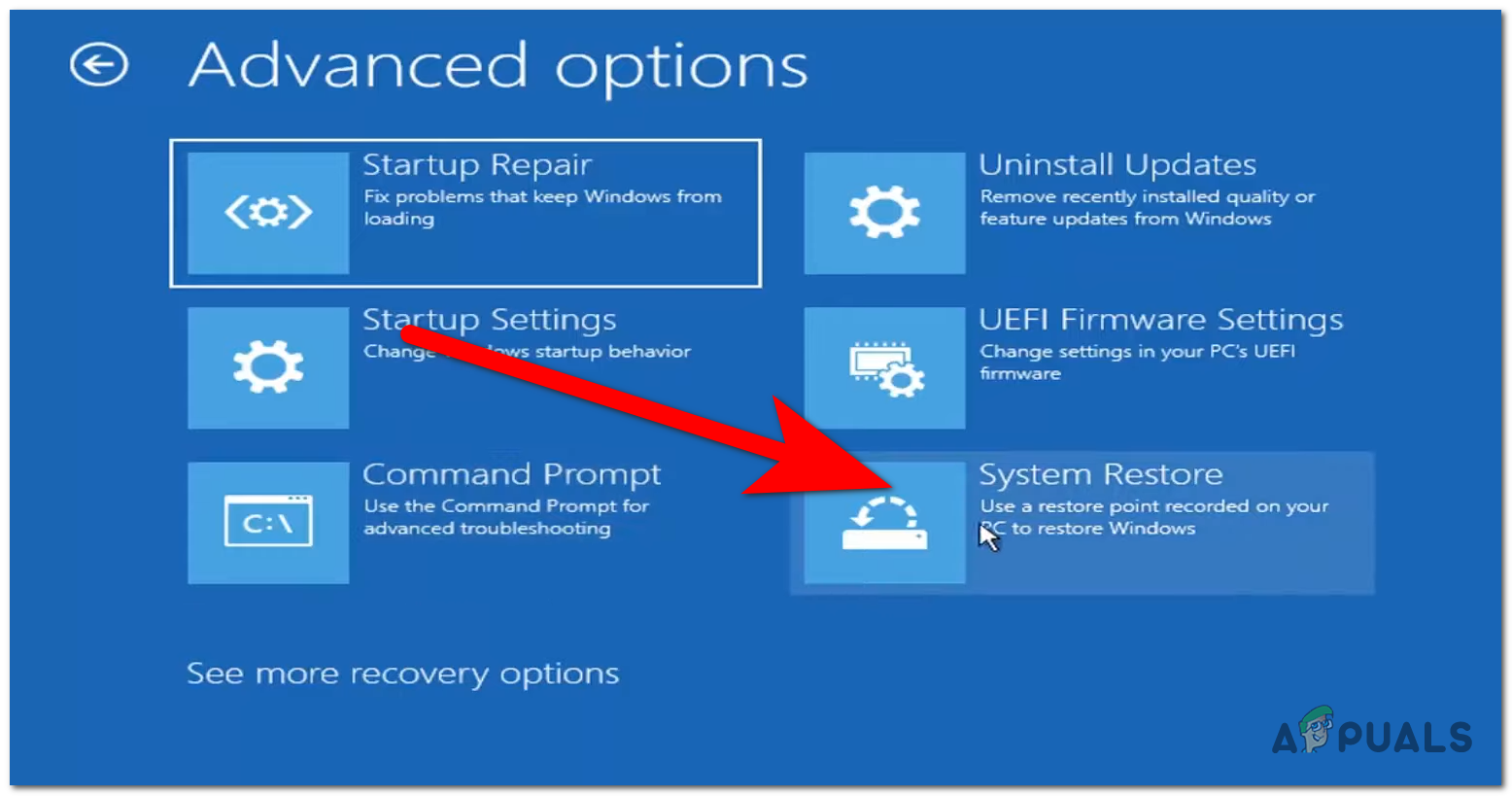
[FIX] 'Shell Infrastructure Host' High CPU Usage on Windows 11
To do that, right-click Start and select Task Manager. In the Details tab, locate ShellExperienceHost.exe, right-click it, and select Set affinity. Uncheck at least half of the available CPU cores to limit their usage by the process and then click OK. Now check to see if the process is using less CPU afterward. 6.
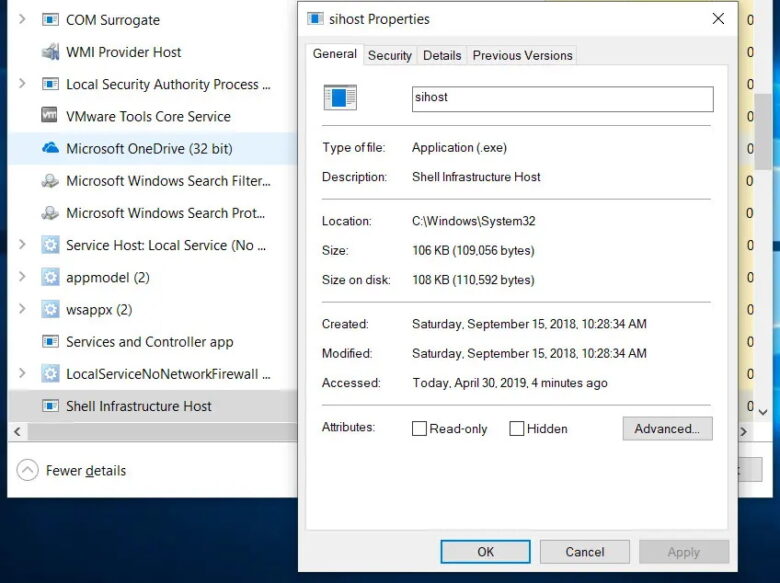
ทำความรู้จักกับ Shell Infrastructure Host พร้อมวิธีแก้ไขการใช้ทรัพยากรเครื่องสูง
While it loads, Task Manager shows "Shell Infrastructure Host" (sihost.exe) does something on the network at 10Mbps for the duration before the image loads. The images are small, mostly around 100KB and the PDFS are the same. It's nothing to do with a bottleneck on the network.
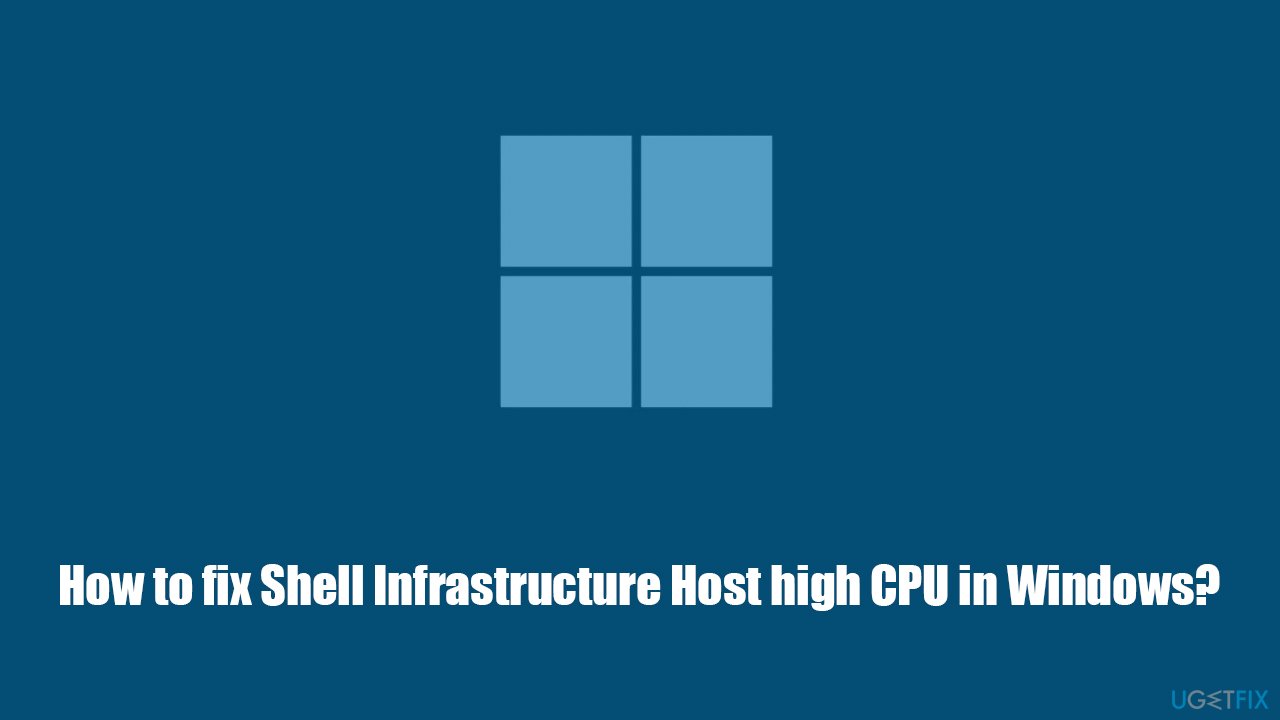
How to fix Shell Infrastructure Host high CPU in Windows?
Shell Infrastructure Host, or sihost.exe, handles various graphics UI elements in Windows, such as the desktop background, taskbar, and Start menu. Due to a memory leak bug with the default Photos app, users face the Shell Infrastructure Host High CPU usage issue when browsing through a large number of photos.
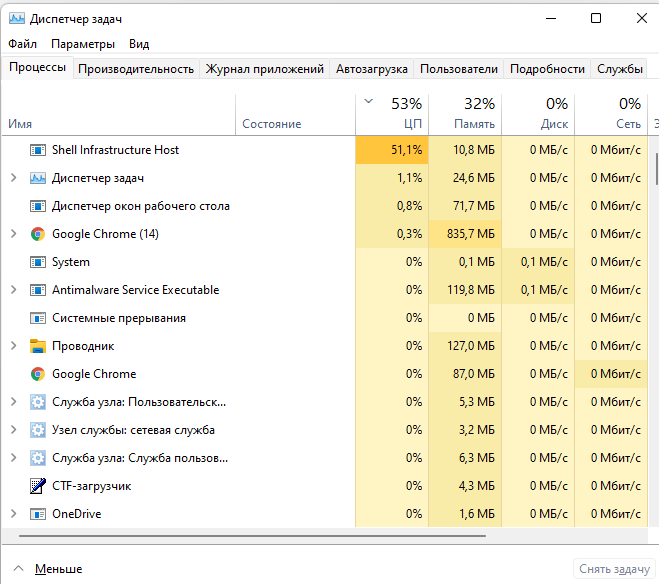
Shell Infrastructure Host грузит процессор — что делать?
"Windows Shell Experience Host" is an official part of Windows. It's responsible for presenting universal apps in a windowed interface. It also handles several graphical elements of the interface, like Start menu and taskbar transparency and the new visuals for your notification area flyouts--clock, calendar, and so on. It even controls certain.

Shell Infrastructure Host sihost.exe High CPU Usage SOLVED YouTube
What's Shell Infrastructure Host? How to fix Shell Infrastructure Host high CPU usage? Fix 1: Keep Windows up to date Fix 2: Use a static desktop background Fix 3: Use a different photo viewer app Fix 4: Repair corrupt system files Fix 5: Run System Maintenance Troubleshooter Fix 6: Perform a clean boot What's Shell Infrastructure Host?
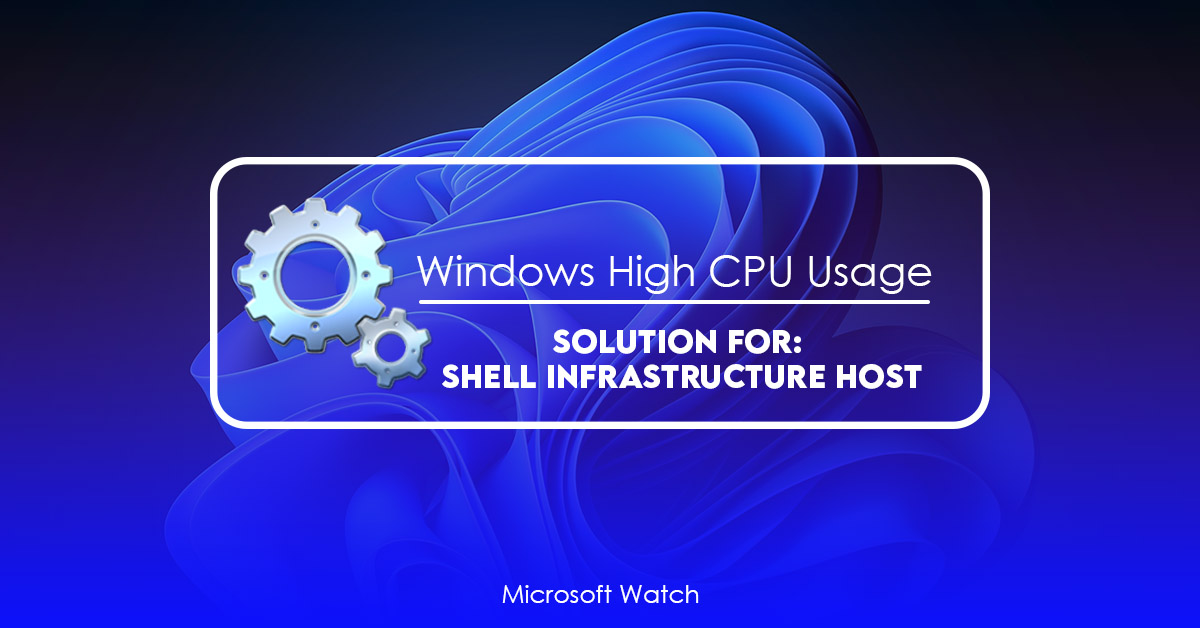
Shell Infrastructure Host High CPU Usage on Windows 11 [Solved] Microsoft Watch
Shell Infrastructure Host, commonly known as sihost.exe, is a program that creates and maintains the visual user interface. It also manages the appearance of desktop backdrops, pop-up alerts, and the taskbar. Shell Infrastructure Host only uses a limited amount of RAM & CPU resources while it is handling the starting of necessary user interface.
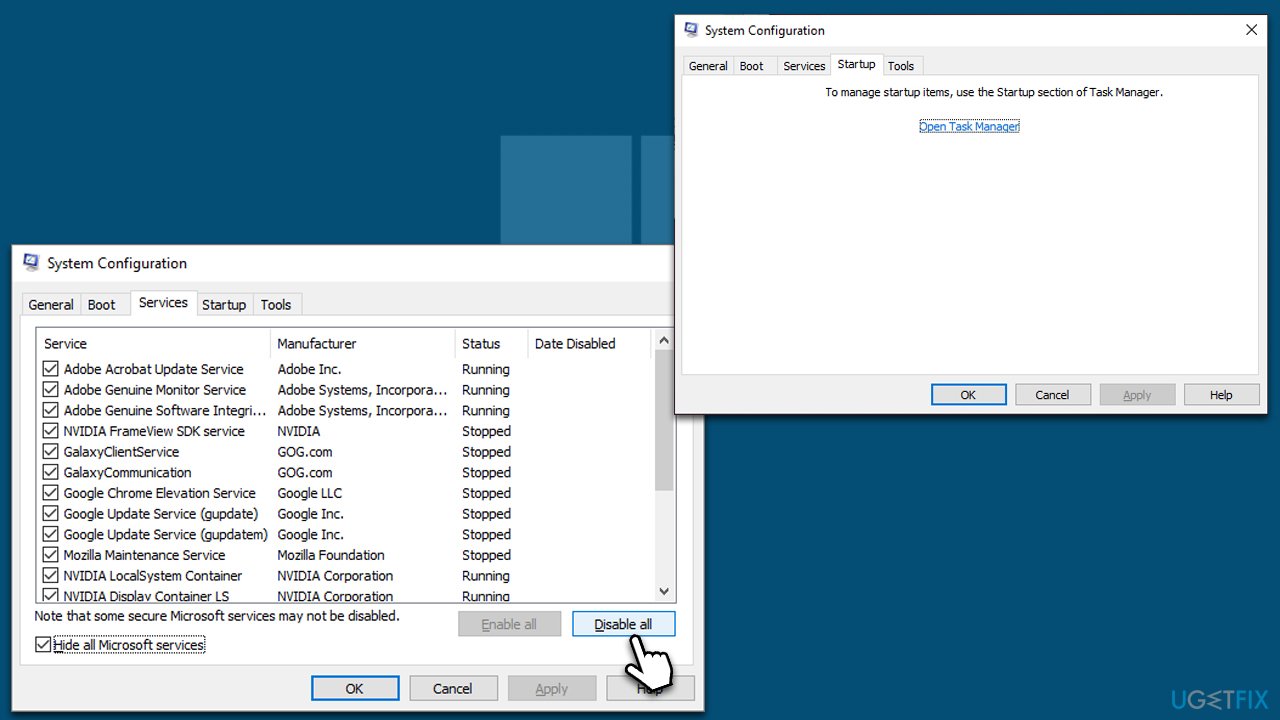
How to fix Shell Infrastructure Host high CPU in Windows?
The Shell Infrastructure Host is one of Windows' critical tools. It handles several graphical elements related to the Start Menu, Action Center, desktop background slideshows, and more. This tool runs in the background and is named SiHost.exe in the Task Manager.